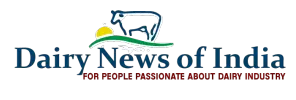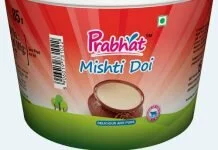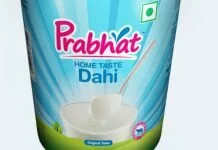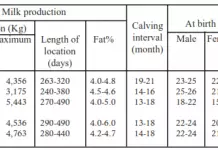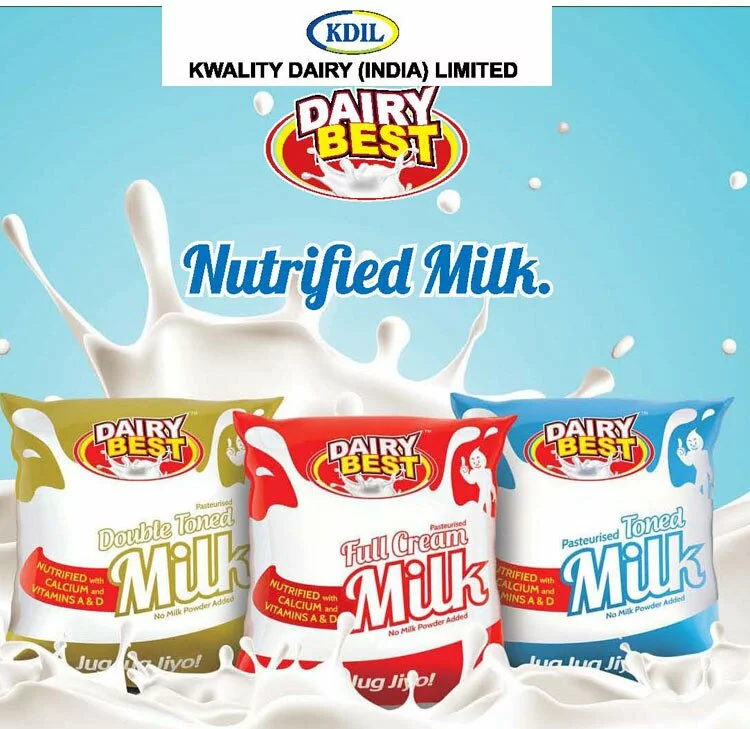Need for caution on FTAs with dairy surplus countries
Amul has achieved growth due to long-term investment to add capacity in terms of procurement, expansion in processing and distribution
Amul MD R. S. Sodhi in an exclusive interview with The Dollar Business cautions India on non-inclusion of dairy products in trade agreements, India’s milk production and how other food sectors can borrow a leaf from the Amul model.
The Dollar Business (TDB): What is your observation on the global trend in the milk sector in the last couple of years and in the domestic market?
RSS: World milk production is growing slightly less than 2% but India’s milk production is growing at 4.5%. Another major trend is that the world over prices being paid to milk farmers is on a decline. In India too, milk farmers in Maharashtra, Rajasthan, Uttar Pradesh and Haryana are getting 20-30% lower price when compared to their earlier prices. However, the farmers in Gujarat are getting 2-5% more for their milk.
There has been a decline in the commodity prices of milk. This is majorly due to drastic reduction in China’s milk imports, Russia banning the import of dairy products from Europe, and the quota of milk production being abolished in Europe. Moreover, a decline in crude oil prices has impacted imports of dairy products in the countries which are producing crude oil. The declining trend in prices of commodities in the international market has created havoc in the global prices of commodities. In Gujarat, we have been able to pay a higher price to milk farmers because we sell milk in its value-added form and get better returns.
TDB: In the company’s general body meeting you have raised concerns over non-tariff barriers created by Europe on the import of Indian milk products while European brands have been given access to the Indian market. Are you unhappy about this?
RSS: India is a huge market and there is sufficient scope for other players to explore. We want big organised players to come to the Indian market as it is good for milk farmers, will help in the expansion of the market and there will be more buyers. But we are against the import of milk products from other countries where milk products are subsidized. We are not against investment in milk processing in India. Anybody is welcome but they should use Indian milk for processing.
TDB: Should India be cautious about the sector while signing FTAs with dairy surplus countries like Australia?
RSS: A lot of dairy surplus countries like New Zealand, Australia and Europe are trying to dump their surplus production into India, which should make our government cautious. India should not fall into the trap of including dairy products in the Free Trade Agreement (FTA) if it plans to sign any with these countries.
TDB: What are the key factors which helped Amul to cross Rs. 23,000 crore turnover in FY2015-16?
S. Sodhi (RSS): We have achieved growth due to our long-term investment to add capacity in terms of procurement, expansion in processing and distribution. Here one needs to take decisions and measures keeping an eye on long-term results. There are three major areas that can affect the dairy sector.
Procurement of milk: Milk procurement is the most critical area for the dairy sector. We buy milk directly from 36 lakh farmers and 15% of our milk comes from outside Gujarat while the remaining 85% is procured from within Gujarat. Since raw material is not available in the market, we have created a system to buy milk directly from the milk farmers to ensure quality, the certainty of supply and a stable purchase pricing.
Location: We sell fresh milk and other milk products. Hence, we have set up our milk processing plant closer to the milk production centres at the same time we are located closer to major markets where we can send our products within a short span of time.
Good distribution network: The third vital system for the sector is to have a good distribution network to market our products. Many of our products are perishable in nature and need to be distributed within 3-4 hours. We have invested in developing the distribution network, storing and marketing these products within a short time.
TDB: The co-operative model set the foundation for White Revolution and helped India to be the largest producer of milk, can this model or some of the other methods that contributed to the growth of dairy sector be replicated in other food segments?
RSS: Currently India produces around 150 million tonnes of milk per year (in FY2014-15), and is growing at a rate of 4.5% y-o-y. Its stability is a win-win situation for milk producers and consumers. Due to value-addition, consumers and milk producers get benefited. Other agricultural product sectors like edible oil, fruits and vegetables can also benefit if value addition is done in an efficient way and the benefit is shared between the producers and consumers. This will generate interest among the producers to increase their capacity and consumers too will increase.
TDB: The retail price of other processed agro-products, has increased and companies attribute the price hike to increase in input costs. How has AMUL managed to hold the price for a relatively longer period without passing on the price burden to end users?
RSS: The retail price that we collect from the consumer, almost 80-85% is passed on to the milk farmers. We try to improve operational efficiency and leverage on the scale. We also refrain from over-spending on overheads like advertising. While other food product companies spend 8-12% of revenue on advertising, our expenditure is less than 1%. Our distribution costs are also less, so the savings we make goes to the farmers and the consumers.
TDB: From a long-term prospective, what major difficulties could the dairy sector in India face?
RSS: The biggest challenge is to ensure that there is a continuation in milk farming and farmers in the sector. Today’s youth after completion of their studies is no more interested to live in their villages. They prefer to work in the city. If the youth is encouraged to start a dairy farm in a contemporary and commercially-viable manner in their locality, there could be sustainable growth for the sector and a boost in self-employment.
TDB: Brief us about your export market and how do overseas markets treat the Made in India brand?
RSS: Indian dairy products have a respectable position in the foreign market. Though we export dairy products worth Rs. 250 crore, we consciously focus on the domestic market because India’s growth rate is faster than other markets. Also, the markets in Europe and US are saturated, hence we prefer to concentrate in India. Under our Mission 2020 plan, we have a target to produce 230 lakh litres of milk per day and a turnover of Rs. 50,000 crore by 2020.
TDB: Are you happy with the current tax structure for the dairy sector?
RSS: Government should treat the dairy sector at par with the agricultural sector. Whatever benefits are provided to the agricultural sector should be extended to the dairy sector too because dairy could be the biggest source of livelihood for even landless farmers.
Source : The Dollar Business
By: Sisir Pradhan

Comments
comments
